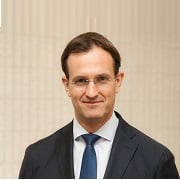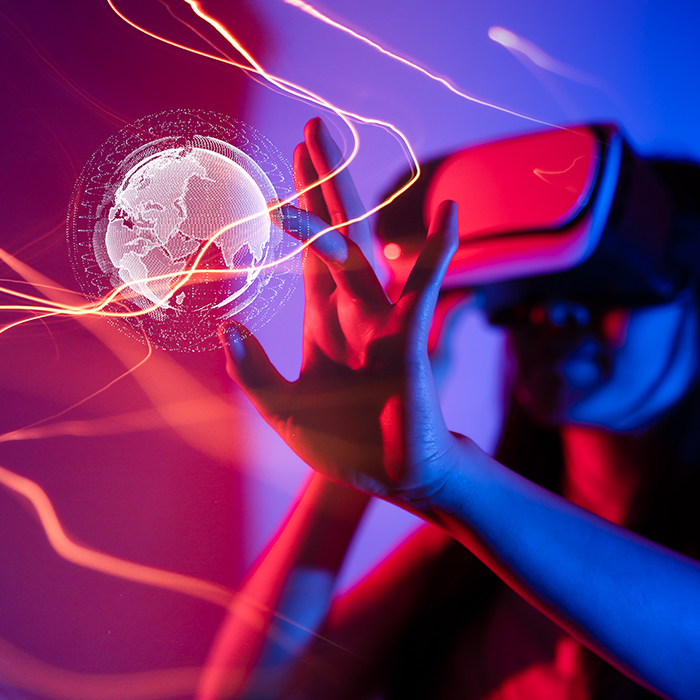Innovation Steering Committee: Channelling firepower to make innovation happen

Prysmian Group has created an Innovation Steering Committee bringing together R&D, Prysmian Electronics, Corporate Hangar, and Digital Innovation, responsible for mapping the group’s Innovation Portfolio in terms of 20 key parameters, focused on their relevance for corporate strategy.
Creating an innovation culture that promotes an entrepreneurial spirit
Innovation is a mysterious business. Does it happen best in an entrepreneurial culture that prizes risk-taking and learning from mistakes? Or should it be guided by key performance indicators and other metrics?
Prysmian Group is taking both approaches, setting up an Innovation Steering Committee that combines the firepower of the four areas in the group where innovation currently happens -- R&D, Prysmian Electronics, Corporate Hangar, and Digital Innovation -- by bringing managers from those units together for review and planning of a company-wide portfolio.
“I believe an innovation strategy should follow a company’s corporate strategy, and Prysmian’s aim is to be a big enabler of the energy transition, digitalization, and sustainability,” says Srini Siripurapu, Chief R&D Officer at Prysmian Group and Committee chair. “So, we have to bring to bear all the firepower we have, and channel our efforts into making this happen.”

Srini Siripurapu
Chief R&D Officer at Prysmian Group and Committee chair
The Innovation Steering Committee aims to achieve three things. Firstly, to position Prysmian as a leader in the cables industry by continually improving its products and services. The group achieved an innovation milestone in 2019: more than €1 billion in revenue came from New Product Innovation (NPI), or sales of products that were commercialized in the past three years. NPI vitality, or the percentage of NPIs out of total revenue, is increasing, Srini points out. Picking the right new products to develop and delivering them to the market in a timely fashion is a continuous learning journey.
Secondly, the Steering Committee will present an overview of the innovation portfolio both inside the company and outside, consolidating each group’s efforts in a way that makes it possible to communicate more effectively internally and to customers. It will increase the visibility of the portfolio. The opportunity to sit around the table at a regular basis is a way to eliminate any overlap at a time when budgets are squeezed and prioritization is crucial.
Thirdly, the goal is to create an innovation culture that promotes an entrepreneurial spirit. This process has already started with an internal “innovation contest” where employees can propose new ideas and innovation projects through cross-functional calls for ideas.
“We create the conditions for entrepreneurial success inside Prysmian Group by creating an ecosystem where ideas are nurtured in order to flourish and grow, where individuals are encouraged to dream big and realize those dreams,” says Markus Venzin, Committee member and Managing Partner Corporate Hangar. “It means partnerships and coopetition, where different players come together and mutually benefit.”

Markus Venzin
Committee member and Managing Partner Corporate Hangar
The Steering Committee brings together four parts of the company that have equal but separate missions. The R&D group is in charge of developing core platforms and new products. Prysmian Electronics is specialized in a portfolio of products based on technologies that enable improved asset management, which is crucial to helping customers know more about the reliability and safety of their sustainable energy network. Corporate Hangar’s mission is to increase the speed of corporate innovation by creating two start-up companies every year. Digital Innovation is the most recent addition, to create digital solutions based on the integration of software, data analytics and physical products and to extend our business model digitally.
Along with Chairman Srini Siripurapu, the Committee is comprised of Fabio Romeo Chief Strategy Officer Prysmian Group; Stefano Brandinali, Chief Information and Digital Officer Prysmian Group; Roberto Candela, CEO Prysmian Electronics; Luca De Rai, R&D Energy Director Prysmian Group; Carlotta Dainese, Head of Digital Innovation Lab Prysmian Group; and Markus Venzin, Managing Partner Corporate Hangar and Dean of Innovation at Bocconi University.

“The role of the Steering Committee within our innovation strategy is to support the company’s growth with a special focus on the global strategy of our Group,” says Digital Innovation Lab Head and Committee member Carlotta Dainese. “The objective is to share resources and competences between four areas of the company in order to be more effective and faster in intercepting the customer’s needs.”

Carlotta Dainese
Digital Innovation Lab Head and Committee member
The Innovation Steering group has mapped a portfolio of the 20 projects from the four parts of the company, using 20 different parameters including strategic focus, expected return, time to market and many more. The group will meet each quarter to monitor progress, weed out ideas that don’t meet criteria, and replenish the pipeline with new ideas that are evaluated by the 20 parameters.
“Every quarter when we meet, we will take say five ideas that are most impactful, and have them enter the pipeline as others leave,” says Srini.






